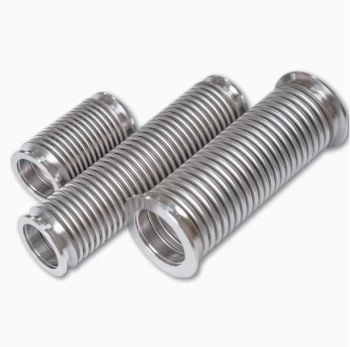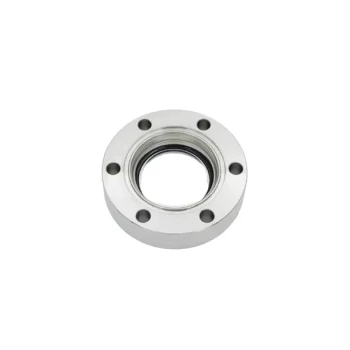Vacuum furnaces play a critical role in metal heat treatment by providing an oxygen-free environment that prevents oxidation and contamination, ensuring superior material properties. These furnaces are used for processes like annealing, quenching, tempering, and sintering, offering precise temperature control and consistent results. Their applications span aerospace, automotive, and tool manufacturing, where high-performance metals are essential. The vacuum environment also enables degassing and purification, enhancing surface quality and mechanical strength.
Key Points Explained:
-
Oxidation Prevention & Surface Quality
- Vacuum furnaces eliminate oxygen, preventing oxidation and decarburization during high-temperature treatments.
- This results in brighter, cleaner surfaces and improved mechanical properties like hardness and fatigue resistance.
- Example: Tool steels treated in vacuum furnaces exhibit longer lifespans due to reduced surface defects.
-
Versatile Heat Treatment Processes
- Annealing: Softens metals for machining by heating and slow cooling in a vacuum.
- Quenching: Rapid cooling in inert gases (e.g., nitrogen) to achieve high hardness.
- Tempering: Reduces brittleness post-quenching while maintaining strength.
- Sintering: Bonds metal powders into dense components, critical for aerospace alloys.
-
Controlled Atmospheres for Material-Specific Needs
- Gases like hydrogen (for reducing oxides) or nitrogen (for inert cooling) can be introduced.
- Example: Hydrogen atmospheres are used for stainless steel to enhance corrosion resistance.
-
Advanced Applications
- Hot Isostatic Pressing (HIP): Combines heat and pressure to eliminate porosity in castings.
- Brazing & Welding: Vacuum conditions enable flux-free joining of high-performance alloys.
- Specialized designs like vacuum hot press machine integrate pressure for densification.
-
Operational Advantages
- Energy Efficiency: Faster heating/cooling cycles reduce energy use.
- Repeatability: Automated controls ensure consistent batch quality.
- Environmental Safety: No harmful emissions compared to traditional gas-fired furnaces.
-
Industry-Specific Uses
- Aerospace: Turbine blades undergo vacuum heat treatment for creep resistance.
- Medical: Implants are sintered to ensure biocompatibility and strength.
Have you considered how vacuum furnaces compare to atmospheric furnaces for your specific metal alloys? The choice often hinges on balancing cost with the need for oxidation-free precision.
By leveraging vacuum technology, manufacturers achieve metals with tailored properties—whether it’s a razor-sharp surgical tool or a jet engine component built to withstand extreme conditions. These furnaces are unsung heroes in modern metallurgy, quietly elevating material performance across industries.
Summary Table:
| Key Benefit | Application |
|---|---|
| Oxidation Prevention | Ensures clean, defect-free surfaces for tool steels and aerospace alloys. |
| Versatile Heat Treatment | Supports annealing, quenching, tempering, and sintering for tailored properties. |
| Controlled Atmospheres | Uses hydrogen/nitrogen for corrosion resistance or inert cooling. |
| Advanced Processes | Enables HIP, brazing, and welding for high-performance alloys. |
| Operational Efficiency | Faster cycles, repeatable results, and no harmful emissions. |
Upgrade your metal heat treatment process with KINTEK’s advanced vacuum furnaces! Our precision-engineered solutions—including custom vacuum systems, high-temperature heating elements, and CVD reactors—are designed to meet the exacting demands of aerospace, medical, and industrial manufacturing. Leverage our deep R&D expertise and in-house manufacturing to achieve oxidation-free, high-strength results. Contact us today to discuss your project needs!
Products You Might Be Looking For:
High-performance vacuum observation windows for real-time process monitoring Precision vacuum feedthroughs for reliable electrical connections Durable stainless steel vacuum valves for system control High-temperature MoSi2 heating elements for consistent thermal performance Advanced MPCVD systems for diamond synthesis and coating



















